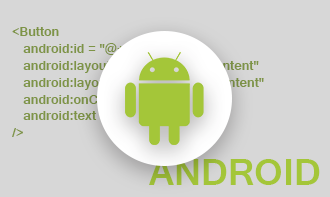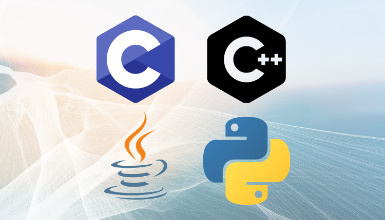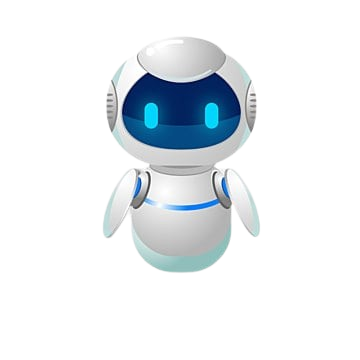Application Development Using Kotlin

ANDROID, JAVA, KOTLIN: Do you have a brilliant app idea waiting to be unleashed? Turn your vision into reality with Shaksham's comprehensive course covering Android development, thebedrock of billions of mobile devices, alongside its key programming languages, Java and Kotlin.
Shape the Future, One App at a Time:
The mobile revolution is here, and Android reigns supreme, powering over 2.5 billion active devices globally. By mastering Android development, you'll gain the ability to:
- Craft user-friendly apps
- Solve real-world challenges
- Unlock promising career opportunities
Why Choose Saksham's Android Development Course?
Shaksham's meticulously crafted course provides a unique blend of Java, Kotlin, and Android Studio, equipping you with the essential tools and knowledge to excel in mobile app development:
- Master the Fundamentals: Grasp the core concepts of Java, the primary programming language for Android, and learn its syntax, data structures, and object- oriented programming principles.
- Embrace the Modern: Explore Kotlin, a powerful and concise language rapidly gaining popularity in the Android world, and discover its advantages in terms of readability, safety, and interoperability with Java.
- Conquer Android Studio: Become an expert in Android Studio, the official Integrated Development Environment (IDE) for Android app development, and master its functionalities for building,testing, and debugging your apps.
Structured Learning for Success:
Saksham's course adopts a structured and practical approach to learning, ensuring you grasp the concepts effectively and apply them to real-world scenarios:
- Engaging Video Lectures
- Interactive Exercises
- Project-Based Learning
Join a Supportive Community:
Learning doesn't have to be a solitary journey. Shaksham fosters a supportive and interactive community where you can:
- Connect with fellow learners: Share experiences, collaborate on projects, and ask questions in a friendly and encouraging environment.
- Seek guidance from experts: Get prompt and personalized assistance from Shaksham's dedicated instructors whenever you need clarification or encounter roadblocks.
Don't wait any longer! Take the first step towards your app development dreams with Saksham!


















